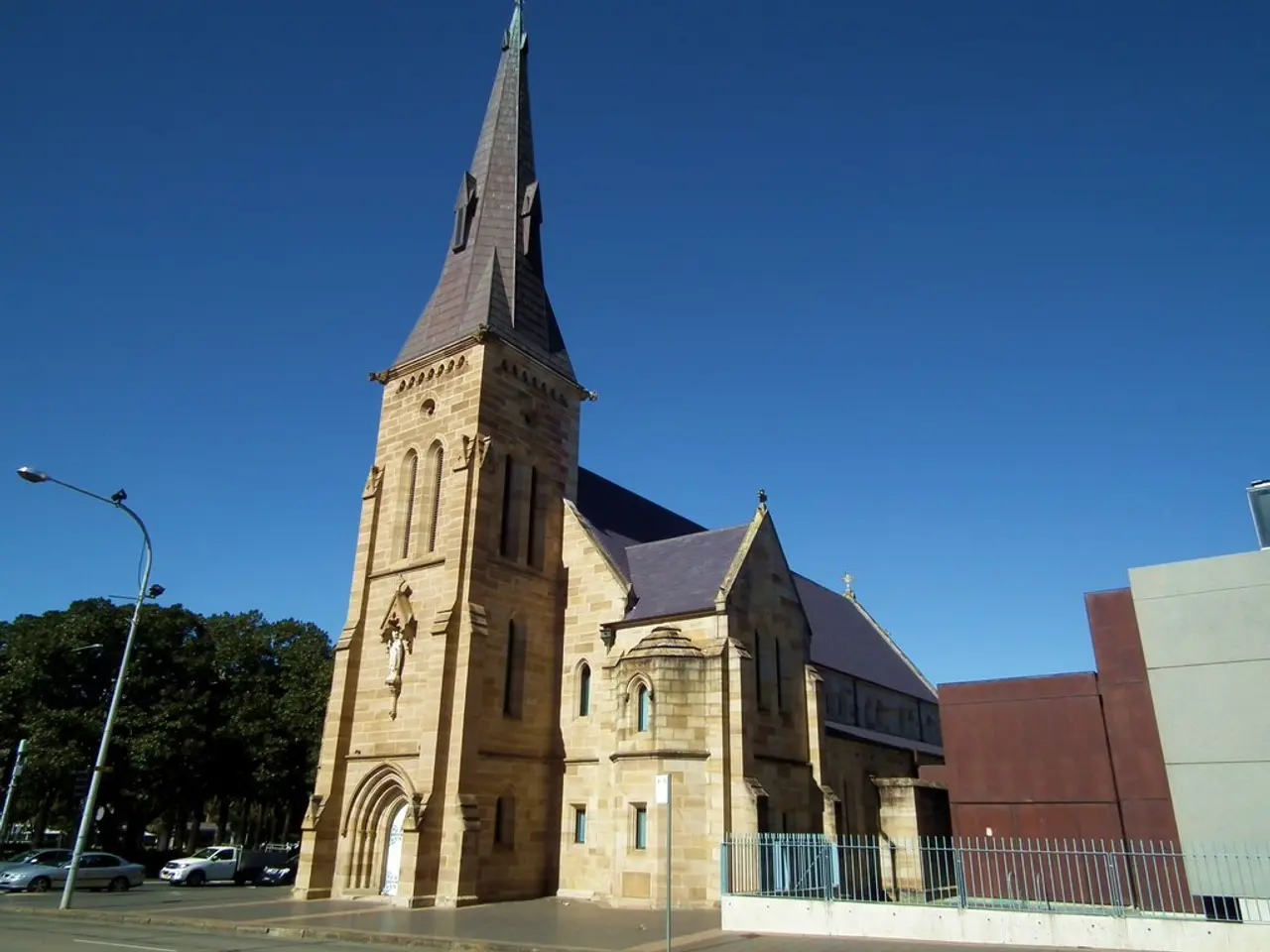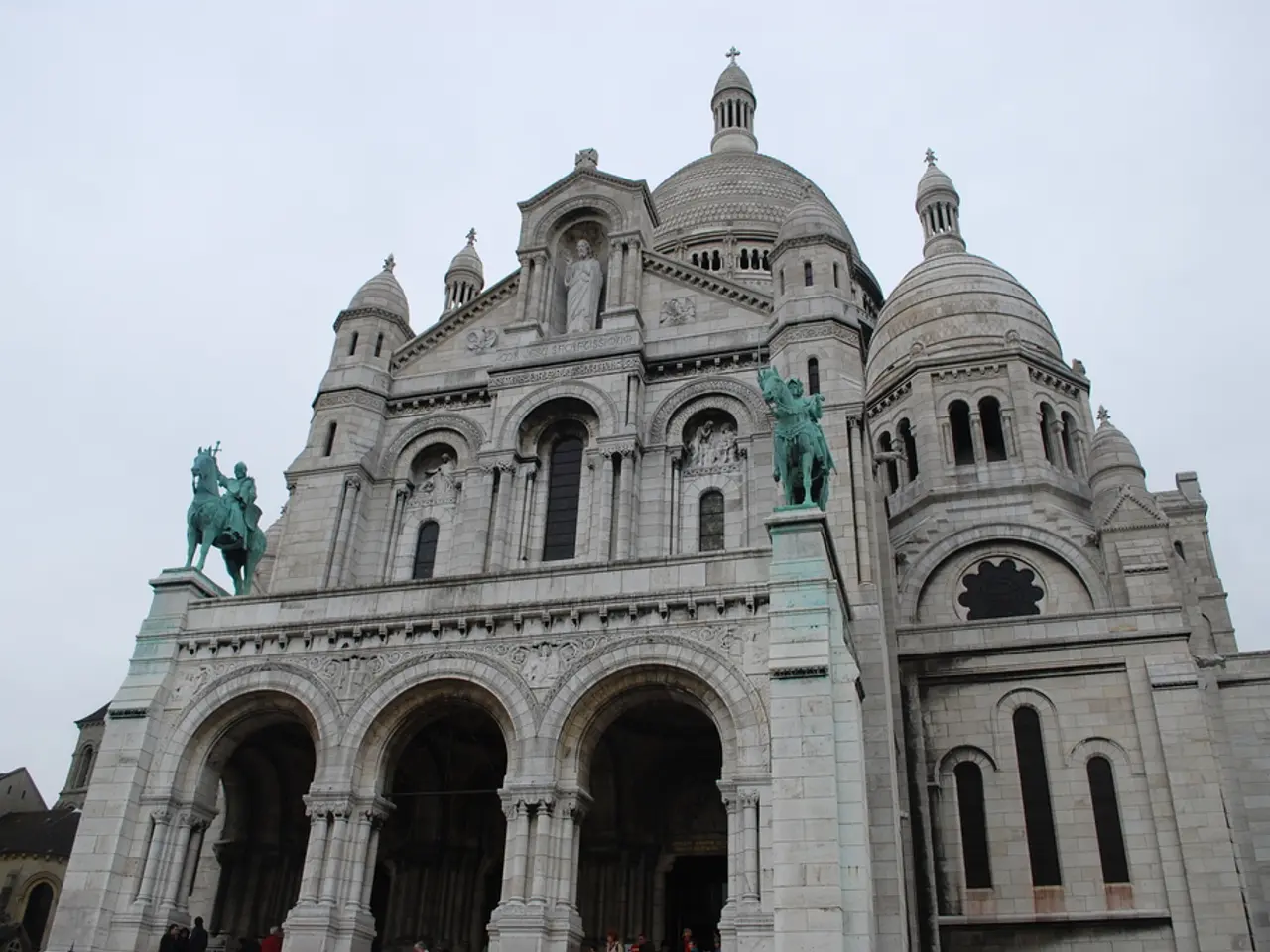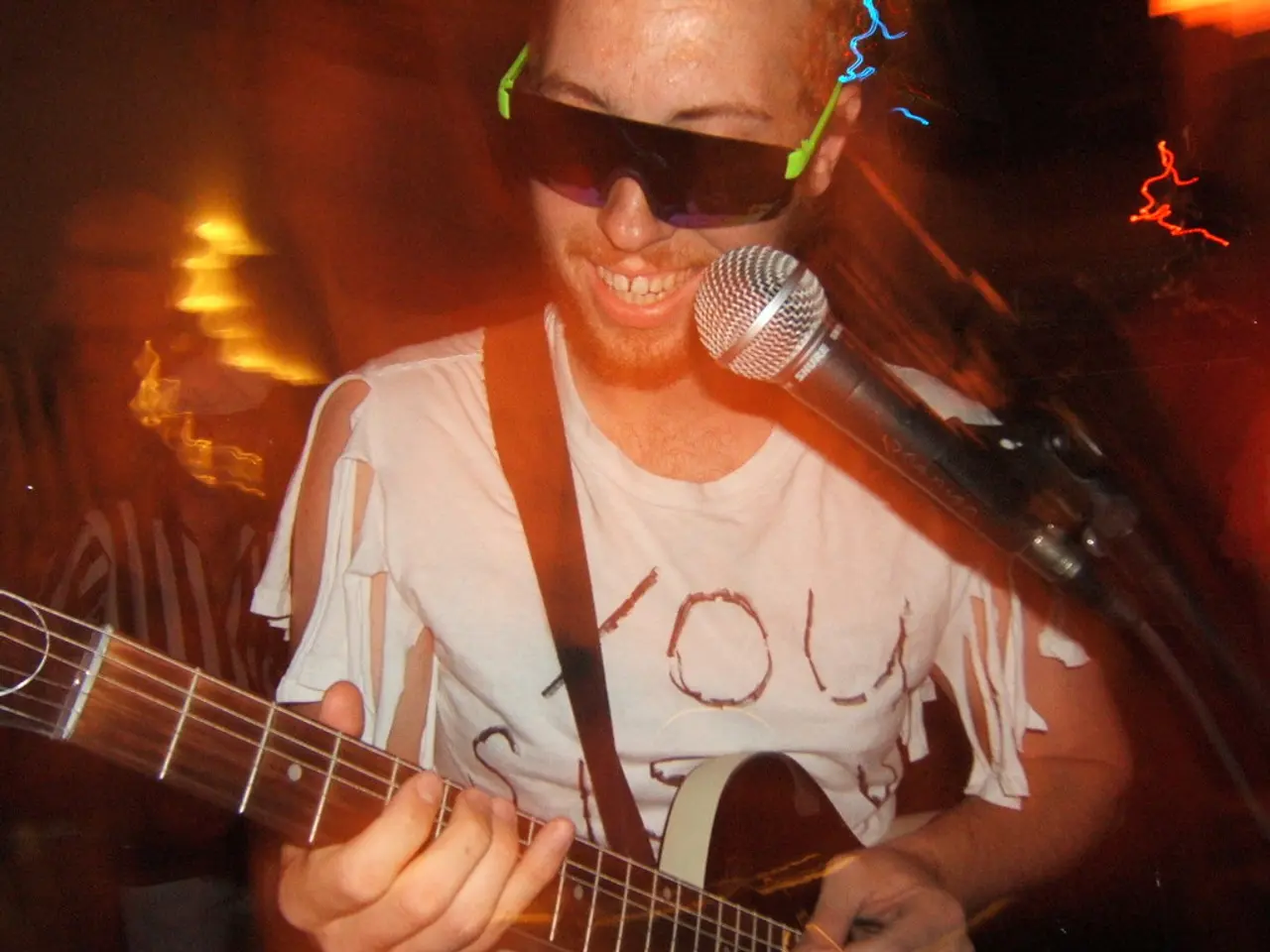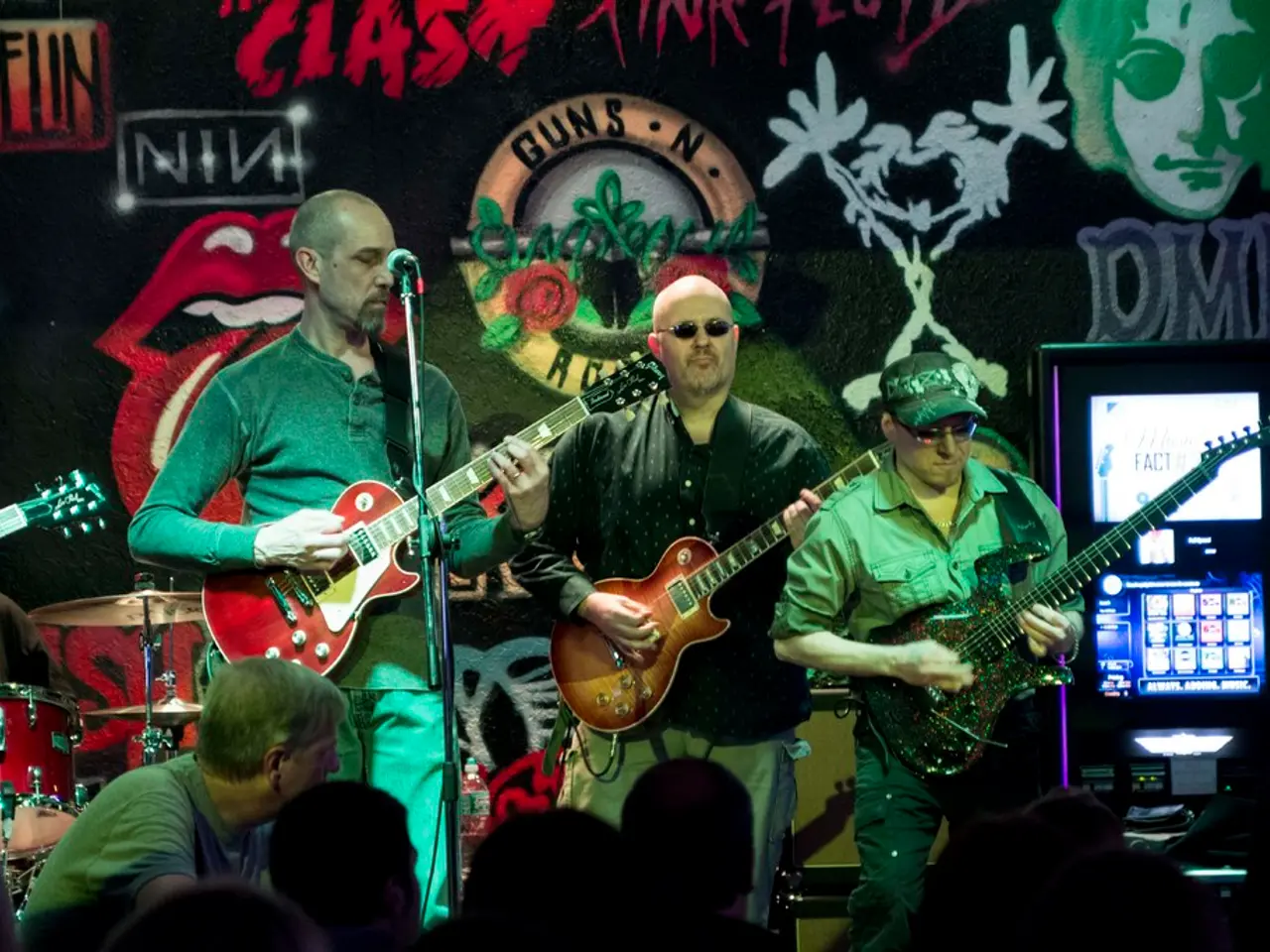War-Displaced South Koreans Given Uncommon Insight Into Their Lives
Exploring the DMZ Peace Trail on Ganghwado Island: A Symbol of Reconciliation
The DMZ Peace Trail on Ganghwado Island, just 60 kilometers from Seoul, offers a unique and poignant experience for visitors seeking to understand the history and ongoing division between North and South Korea. This trail, opened in 2019 to commemorate the first anniversary of the inter-Korean summit, serves as a testament to the efforts towards development, peace, and reconciliation in the border areas.
Ganghwado Island, South Korea's closest frontier to North Korea, is separated from its northern counterpart by the Yesong and Han Rivers. The Demilitarised Zone (DMZ), established after the Korean War in 1953, extends 248 kilometers long and 4 kilometers wide, symbolising the ongoing division and unresolved conflict between the two Koreas.
The DMZ Peace Trail, running alongside tall fences topped with barbed wire, serves as a symbolic and literal path of remembrance and hope. It includes a museum and observatory offering views and insights into North Korean life, as well as memorials such as plaques honouring 16 countries that supported South Korea during the Korean War and a "Reunification Aspiration Hall" featuring a digital tree symbolising hopes for peace and reunification.
One of the trail's most significant aspects is its role as a poignant reminder of the displacement endured by Koreans during the war. Many refugees and internally displaced persons living in the South found a home in Ganghwado's Gyodong village, just six kilometres away from their original hometowns. The village, with its traditional tin-roof houses resembling a South Korean village from the 1970s, is home to the Daeryong Market, a traditional market that started after Korean War refugees opened stalls to make a living.
The Centre in the Daeryong Market sells delicacies and sweets, such as puppy rice cake and dumplings (mando), made in a North Korean style. Son Yun Gyeong, a 62-year-old representative of Cheongchun Bravo, operates a cultural space for displaced seniors from North Korea in the market.
Visitors to the trail can also learn about the Korean War and the history of the area from the docent at the DMZ Peace Trail. The walkway is flanked by fences that are almost 8-10 feet tall with spiralled barbed wires on top, serving as a stark reminder of the division. The trail also offers a rare glimpse into the lives of displaced North Koreans who have lived there for over 70 years, such as Chae Ja Eok, a displaced North Korean who has lived for 70 years in Gyondong village.
Despite the restrictions on access for foreigners due to security reasons, the DMZ Peace Trail on Ganghwado Island is both a historical monument and a contemporary symbol of reconciliation efforts. It offers educational, cultural, and emotional engagement with the history of displacement and division between North and South Korea, embodying both the historical wounds of Korean War refugees and aspirations for peaceful coexistence. The trail's most poignant feature is the Mangbaedan Altar, where separated families perform ancestral rites and bow toward their hometowns in North Korea, recognising the pain of separation and the yearning for reunification.
The DMZ Peace Trail's cultural spaces, like Son Yun Gyeong's for displaced North Korean seniors, contribute to the trail's role as a platform for political discussion and general news about North-South Korea relations. Visitors can gain insights into war-and-conflicts history, particularly the Korean War, through the educational content provided by the docents along the trail.








